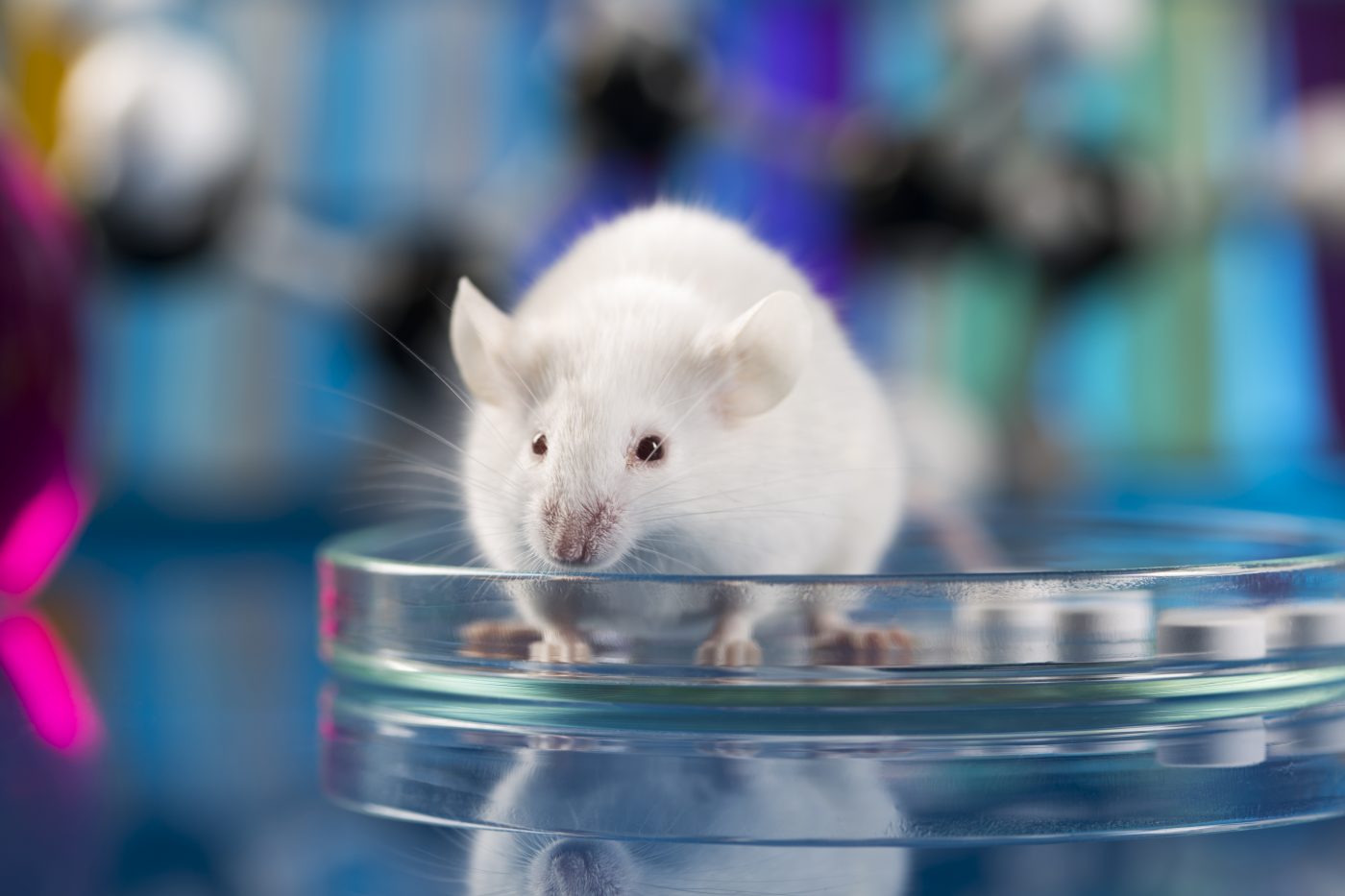Loss of NEDD4-2 Triggers IPF in Adult Mice, Study Finds

Loss of NEDD4-2 — a protein involved in the regulation of airway hydration and mucus clearance — leads to the onset and development of typical manifestations of idiopathic pulmonary fibrosis (IPF) in adult mice, a study has found.
These findings, along with the establishment of a new animal model of disease, may help shed light into the molecular mechanisms underlying IPF, researchers said.
The study, “Conditional deletion of Nedd4-2 in lung epithelial cells causes progressive pulmonary fibrosis in adult mice,” was published in the journal Nature Communications.
IPF is a chronic lung disease of unknown origin that leads to the formation of scar tissue (fibrosis) in the lungs, making it hard for patients to breathe. Although the specific causes of IPF are unknown, it is thought that the excessive production of mucins — proteins that are the main components of mucus — in the lungs’ airways coupled with issues in mucociliary clearance (mucus elimination) can trigger the disease.
NEDD4-2 is a protein that triggers the destruction of several other proteins to maintain a balance between the amount of mucus being produced and eliminated in the airways.
Genetically-modified mice lacking Nedd4-2 — the gene that encodes NEDD4-2 in mice — die shortly after birth from severe lung disease and inflammation. This has hampered research into the potential role of NEDD4-2 in IPF.
Now, investigators at Charité – Universitätsmedizin Berlin, together with colleagues from Heidelberg, successfully created a mouse model of IPF that allows further research into the role of NEDD4-2 in the onset and development of the disease.
Instead of creating animals lacking the Nedd4-2 gene in all cells since their conception, researchers deleted the gene in lung epithelial cells — those lining the surface of the lungs — only when mice reached adulthood. This enabled them not only to mimic the onset of IPF as seen in adult patients, but also to bypass the limited lifespan of animals lacking a functional gene at birth.
The investigators then examined the oxygen saturation levels and lung tissues in the new animal model at a stage that roughly corresponded to the time at which human patients would normally receive their diagnosis.
Oxygen saturation levels were lower in genetically-modified mice than in healthy animals (controls), which was consistent with IPF lung function impairment. Lung tissue examinations using thin sections and computed tomography imaging also revealed a series of structural abnormalities that were indicative of ongoing lung tissue scarring.
The team also assessed lung tissue biopsies from human patients, and found that both the RNA and protein levels of NEDD4-2 were lower than normal. RNA is the molecule used by cells as a template for the production of proteins.
Using mass spectrometry, a technique that sorts and identifies molecules based on their mass (weight), the investigators then compared the profile of proteins found in the lungs of human IPF patients with those in their new mouse model.
Results showed a high degree of overlap between both protein profiles, suggesting that the new IPF mouse model mimicked important features of the disease in humans.
“Our findings can help researchers to further investigate the pathogenesis [disease mechanisms] and progression of this lung disease and develop new treatments,” Marcus Mall, senior author of the study, director of Charité’s Department of Pediatric Pulmonology, Immunology and Critical Medicine, and professor at the Einstein and Berlin Institute of Health, said in a press release.
“This model could prove useful for the preclinical testing of compounds with therapeutic potential, or to develop markers for the early detection of the disease,” he added.
Investigators also found that in the absence of NEDD4-2, there was a remodeling of lung epithelial cells, along with an excessive production of mucins. This was accompanied by deficits in mucociliary clearance, and abnormally high activity of the pro-fibrotic transforming growth factor beta (TGF-β) signaling cascade, both of which are known to play a role in IPF development.
“Our data support a role of mucociliary dysfunction and aberrant epithelial pro-fibrotic response in the multifactorial disease pathogenesis,” the researchers wrote.
In their last experiments, the scientists treated mice with the anti-fibrotic therapy pirfenidone (sold under the brand name Esbriet by Genentech). Results showed that although the medication reduced lung tissue scarring and slowed the progression of IPF, it failed to eliminate the disease in the animals.
“Using our model and an already licensed anti-fibrotic agent, we were able to confirm that this type of treatment can slow disease progression but does not constitute a curative treatment,” Mall said. “We hope that, by providing an improved preclinical testing model, we can help speed up the development of new therapeutic options.”
The team is planning to use its IPF mouse model to test the effectiveness of new diagnostic biomarkers and potential therapies for pulmonary fibrosis.







